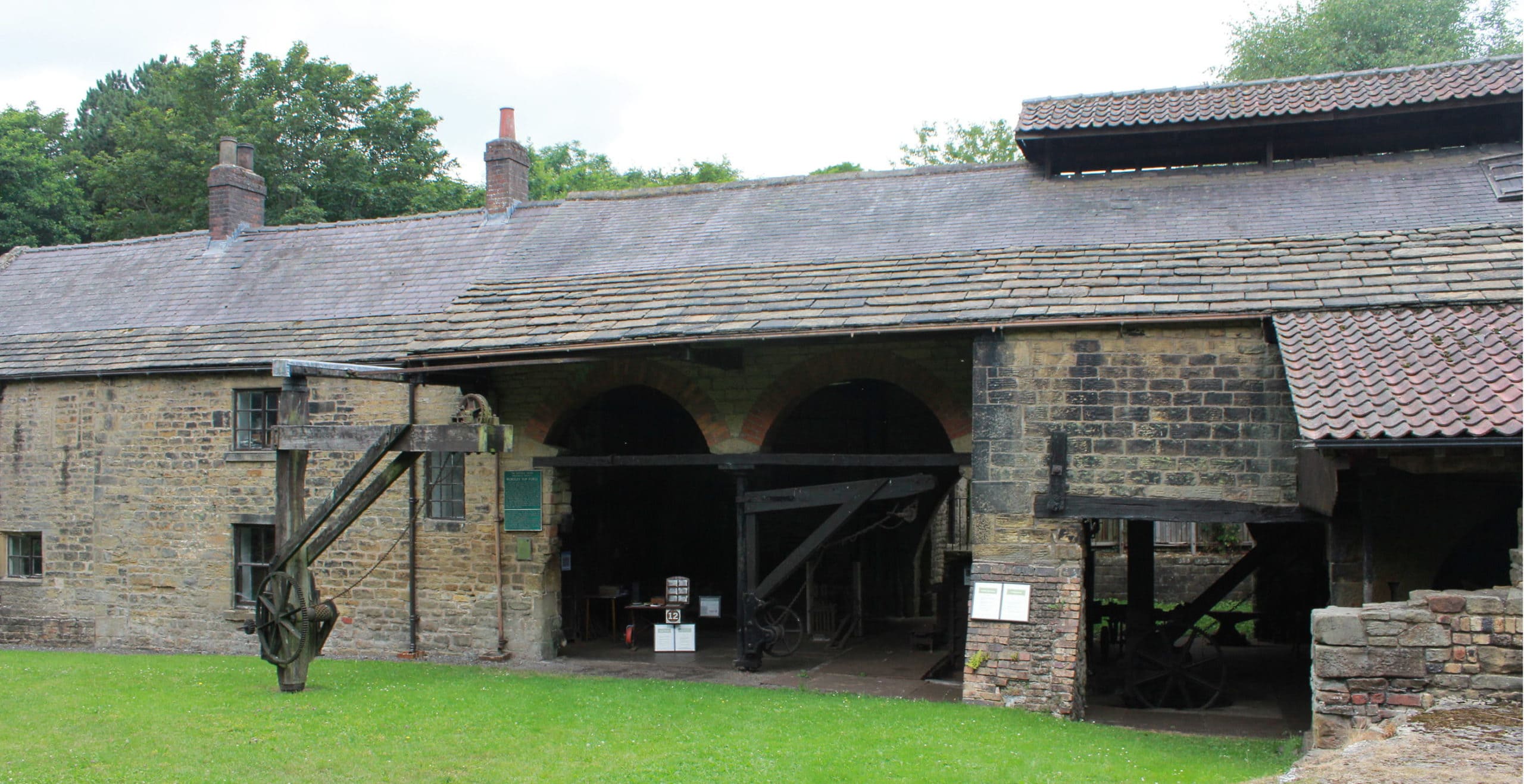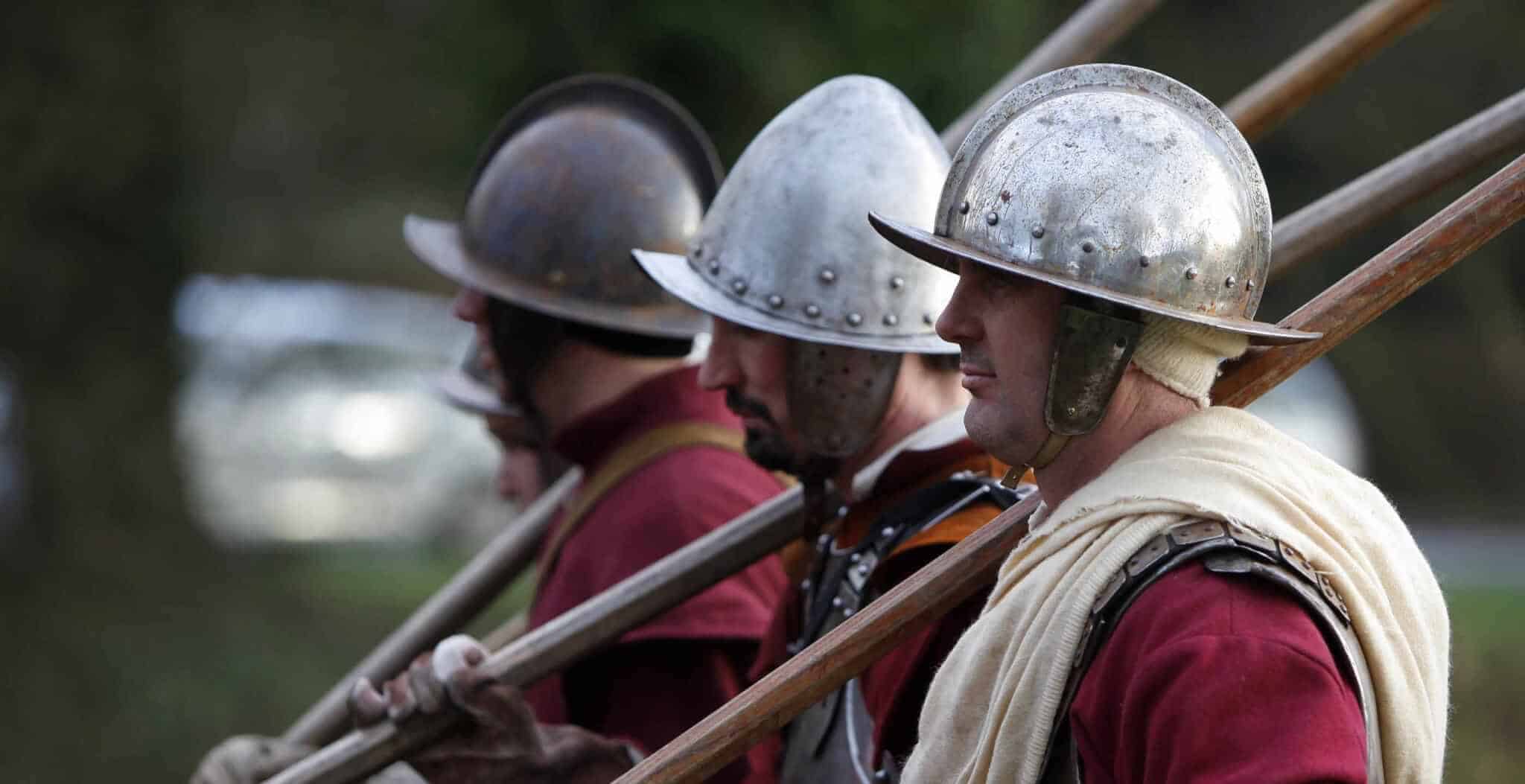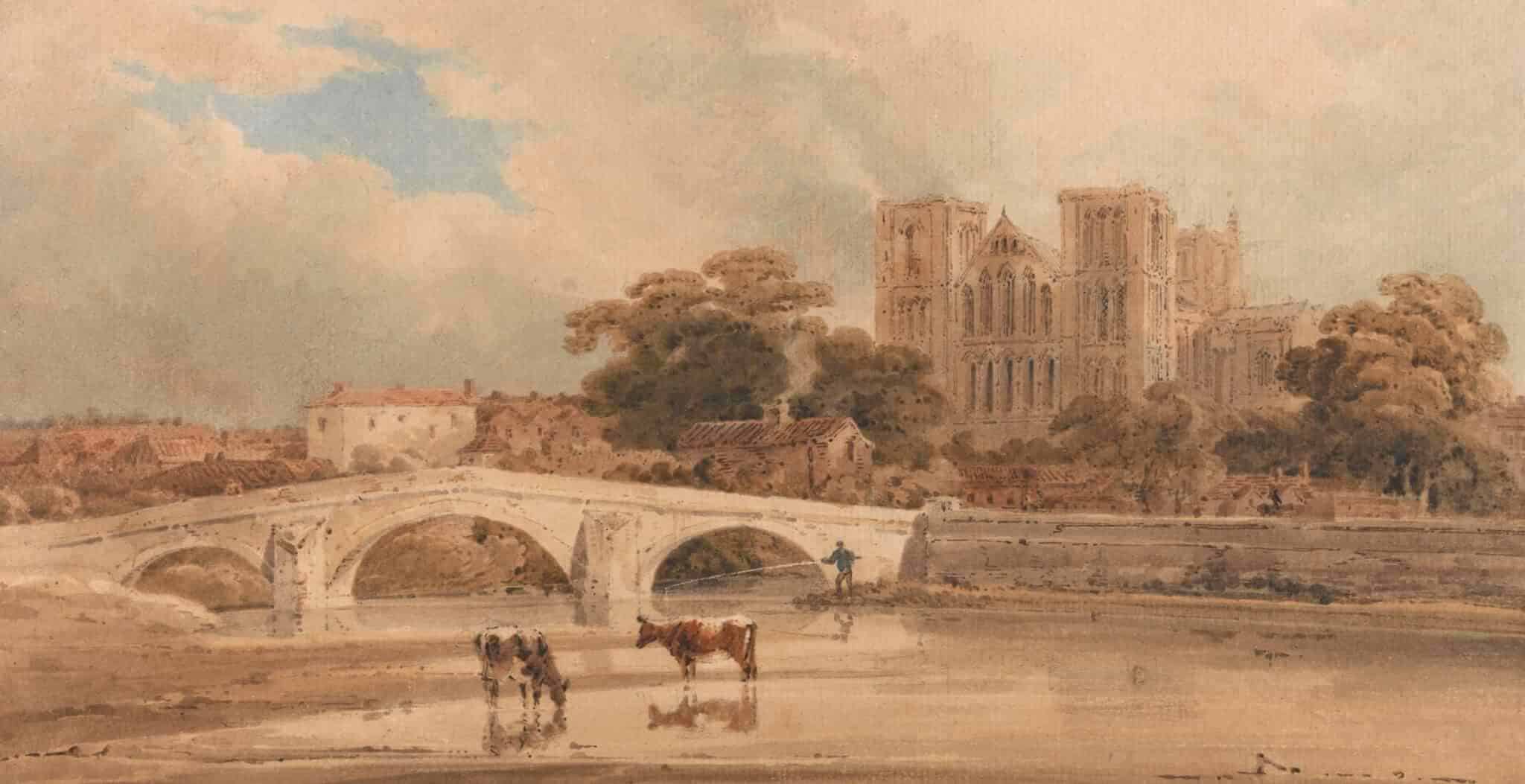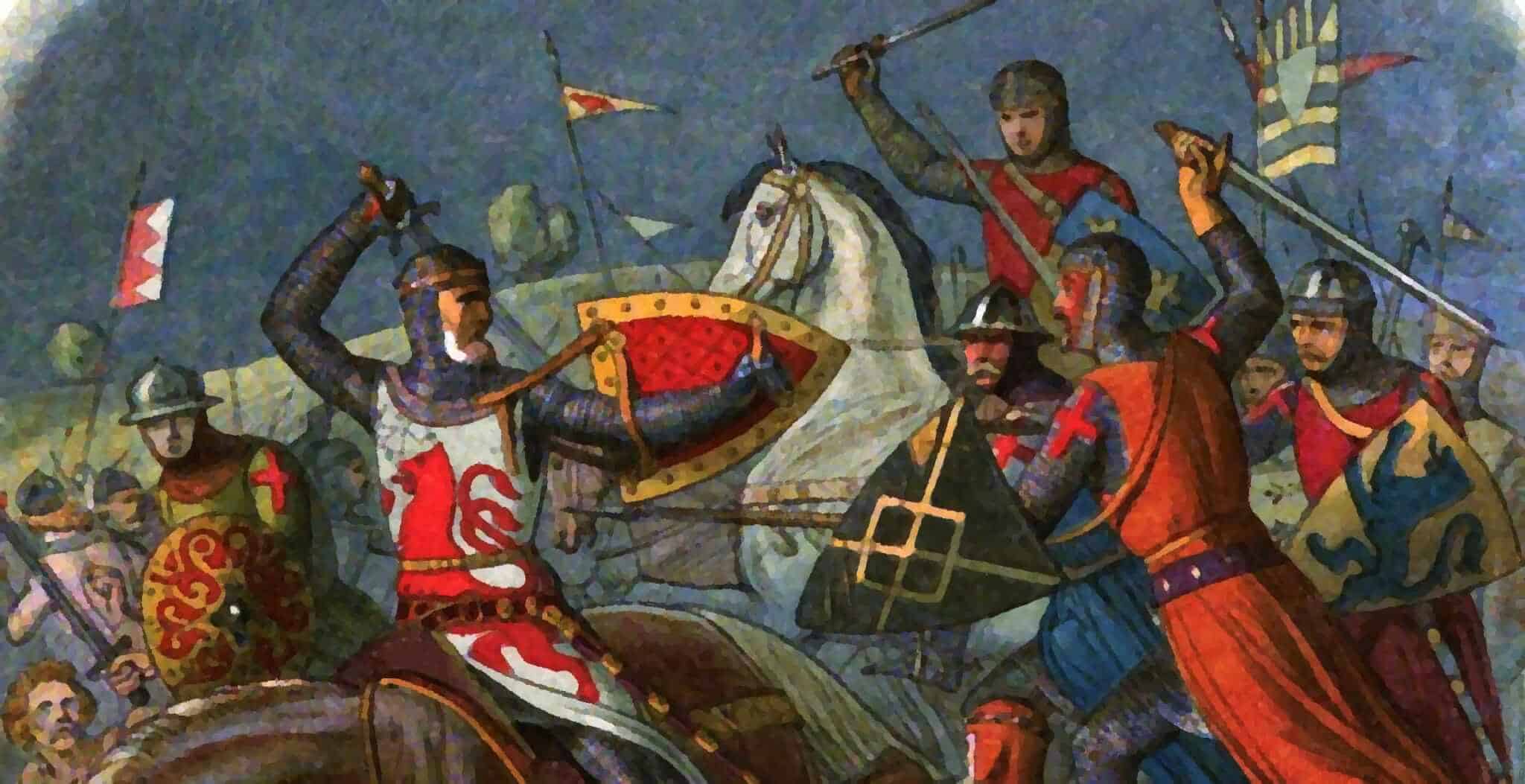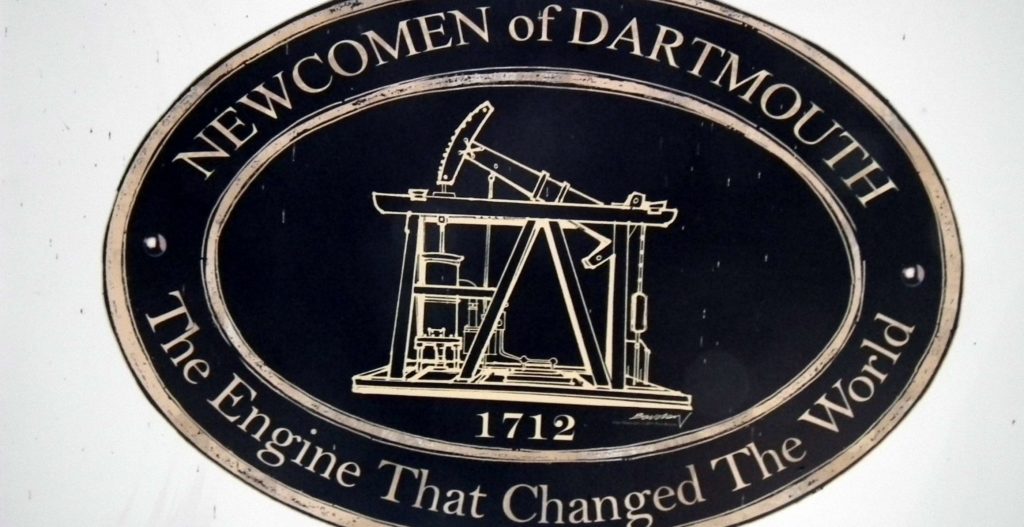One of the most innovative forges of its time, Wortley Top Forge in South Yorkshire is now the only running ironworks left in the UK. Wortley was renowned for its production of railway axles throughout the 19th century and today visitors are still able to see three running water wheels and learn about puddling – the secret to Wortley’s success with wrought iron.
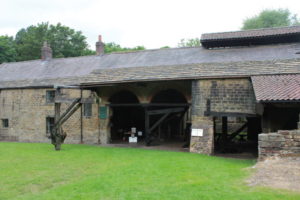
But if, like me, you find that the components and process of wrought iron production are too complex to understand, Wortley also offers a surprisingly turbulent history.
Some have dated Wortley Top Forge back to the Roman period but due to the lack of Roman coins, it is far more likely that iron production at Wortley began with Cistercian monks in the 12th century. There was actually no documentary evidence that Wortley Iron forge existed until 1621 (in the form of a lease) and the earliest objects of interest that still remain at the Forge are four cannon balls from the Civil War period.
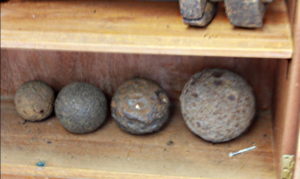
These cannon balls date from when ardent Royalist Sir Francis Wortley, owned the Forge prior. He is best known for taking 900 men to the Battle of Tankersley in 1643 which was a Royalist victory. Wortley Hall was even besieged by Parliamentarians in 1643 but they were held off and cannon balls produced by the Lower Forge were probably used by Royalist forces in Sheffield Castle, which was demolished by the Roundheads. Letters from the Marquis of Newcastle, Governor of Sheffield Castle in 1643 show that Wortley Lower Forge was certainly used for Royalist ammunition. The cannon balls currently on display were found below the Lower Forge floor in 1868 and were dated to the Civil War period by General Brackenbury of Woolwich in 1888.
When the Royalists were eventually defeated, Sir Francis Wortley was spared execution but was held in the Tower of London and never returned to the Forge, dying in 1652. Unlike many Royalist ironworks, the Wortley Forge survived the Commonwealth by being placed in the hands of William Cotton, a Puritan.
Cotton did not manage to hold onto the Forge. In 1658, John Spencer I took the first known lease of Wortley and his son entered into the Fownes-Spencer partnership shortly after his father’s death. The Spencer Records of the 1690’s show the start of what is now known as the ‘Spencer Syndicate’ in which the Spencer family took charge of at least 15 Northern forges through a series of partnerships and marriages. They are best known for their connections to Cannon Hall which was the Spencer family seat.
No one knows exactly why the Spencer syndicate ended but as it entered the 18th century, there is no doubt that Wortley changed for the better. The next owners of Wortley kept the forge as a close family business. The Wilsons’ mark can still be seen on Wortley, through a stone erected for Matthew Wilson in 1713.
Whilst the Wilsons held the Forge for many years, there is a gap in the evidence that spans 55 years, from 1738 to 1793. By 1793 John Cockshutt (whose great-uncle was Matthew Wilson) was in charge of the Forge. He should be our main focus as it was he and his brother, James, who brought the innovative method of puddling to Wortley. He was perhaps one of the first men to take seriously Henry Cort, the inventor of puddling. By removing carbon impurities, puddling allowed forges to produce malleable wrought iron as opposed to brittle, and therefore less useful, pig iron.
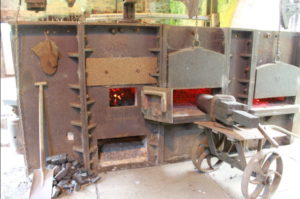 A model of what the furnace to melt the iron looked like. Conditions would have been hot and dirty.
A model of what the furnace to melt the iron looked like. Conditions would have been hot and dirty.
This puddling breakthrough which made Wortley the first forge of its kind in Yorkshire came from James Cockshutt, who was a partner at the Cyfartha Ironworks in Merthyr Tydfil which first used this new method. There is a rumour that one of the Cockshutts also took the idea of wire drawing from another ironworks. He reportedly travelled to Germany disguised as a travelling musician in order to be invited into German ironworks to perform and see the workings of their wire drawing, so he could copy them!
Whilst this rumour may not be true, wire drawing was certainly in use at Wortley by 1774 in order to make umbrella frames. However, it is railway axles that Wortley Top Forge is best known for, first produced in the 1830’s. It was said that no Wortley railway axle ever broke, though one bent almost double in a railway collision.
This fame for railways axles came from the next family to own the Forge – the Andrews family. Thomas Andrews Sr took over in 1849 but he died earlier than expected in 1871, leaving Wortley to his 24-year-old son Thomas Andrews Jr. Initially, he was more interested in pursuing a scientific career due to his background and education in chemistry, but this passion could be turned to iron. Studying the effects of temperature on the strength of iron led to Thomas Andrews Jr becoming an expert in metallurgy with even the King of Holland requesting his expertise.
Wortley Top Forge may have finally closed in 1929 but the story of the Andrews family was not over yet. Thomas Andrews’ son Charles Reginald wrote ‘The Story of Wortley Ironworks’ in 1950 to promote the protection of local heritage and this inspired Mary Andrews to take a great interest in the Forge. She started a Boys Brigade for the sons of those who worked in Wortley Top Forge and advocated for the reopening of the Forge in 1955.
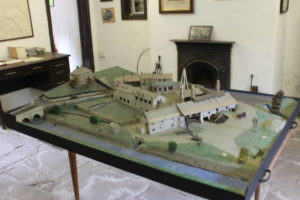 A model of what Wortley Top Forge would have looked like including the foreman’s cottage, no longer owned by the Forge.
A model of what Wortley Top Forge would have looked like including the foreman’s cottage, no longer owned by the Forge.
Now, whilst the Lower Forge has almost vanished, Wortley Top Forge retains its initial structure and includes two workmens cottages showing typical Edwardian life. The Forge is now also home to many steam powered engines from the South Yorkshire Industrial Fund including a Marshall twin cylinder steam engine.
Emily Hewat is a History student at the University of York
All photographs belong to the author.
Published: 22nd October 2021
